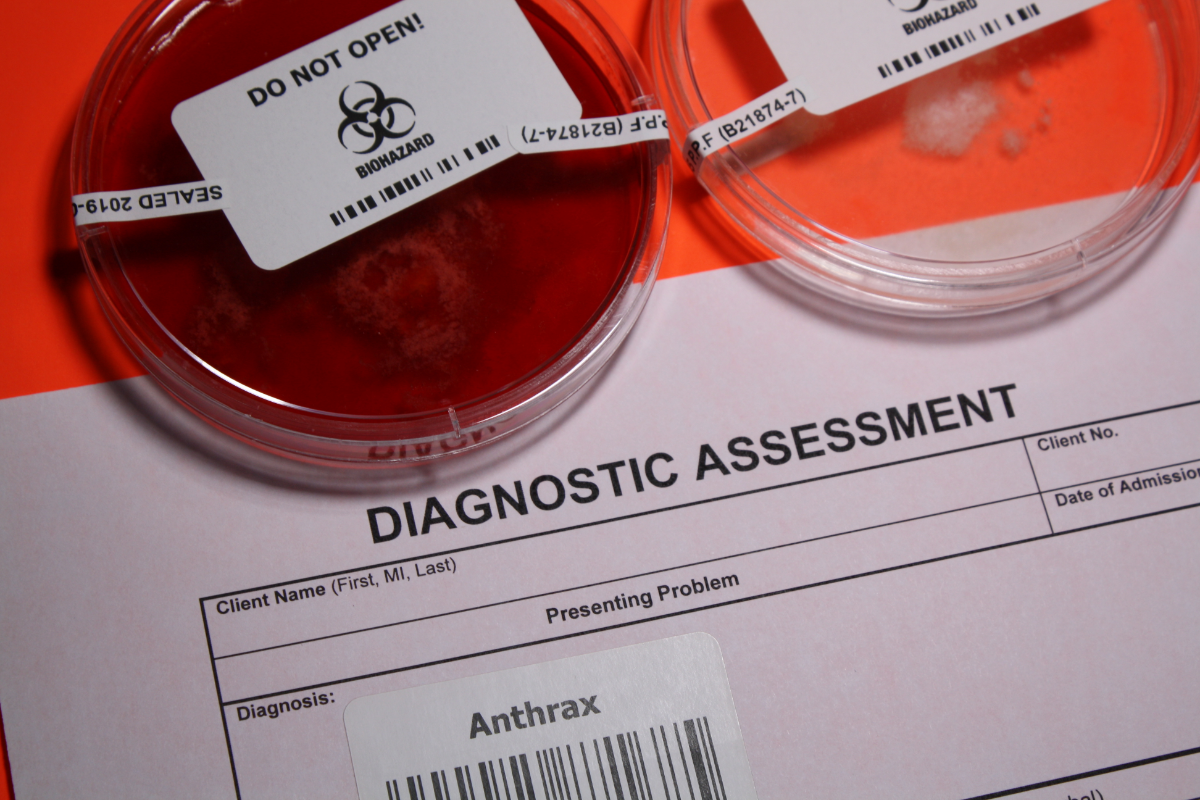Mad Cow Disease: Myths, Realities and Issues
Bovine spongiform encephalopathy (BSE), commonly known as mad cow disease, is a progressive neurological pathology that affects cattle. The disease emerged in the 1980s, causing worldwide concern because of its potential transmission to humans through the consumption of contaminated products. BSE belongs to a group of neurodegenerative diseases known as transmissible spongiform encephalopathies (TSEs). These … Read more












